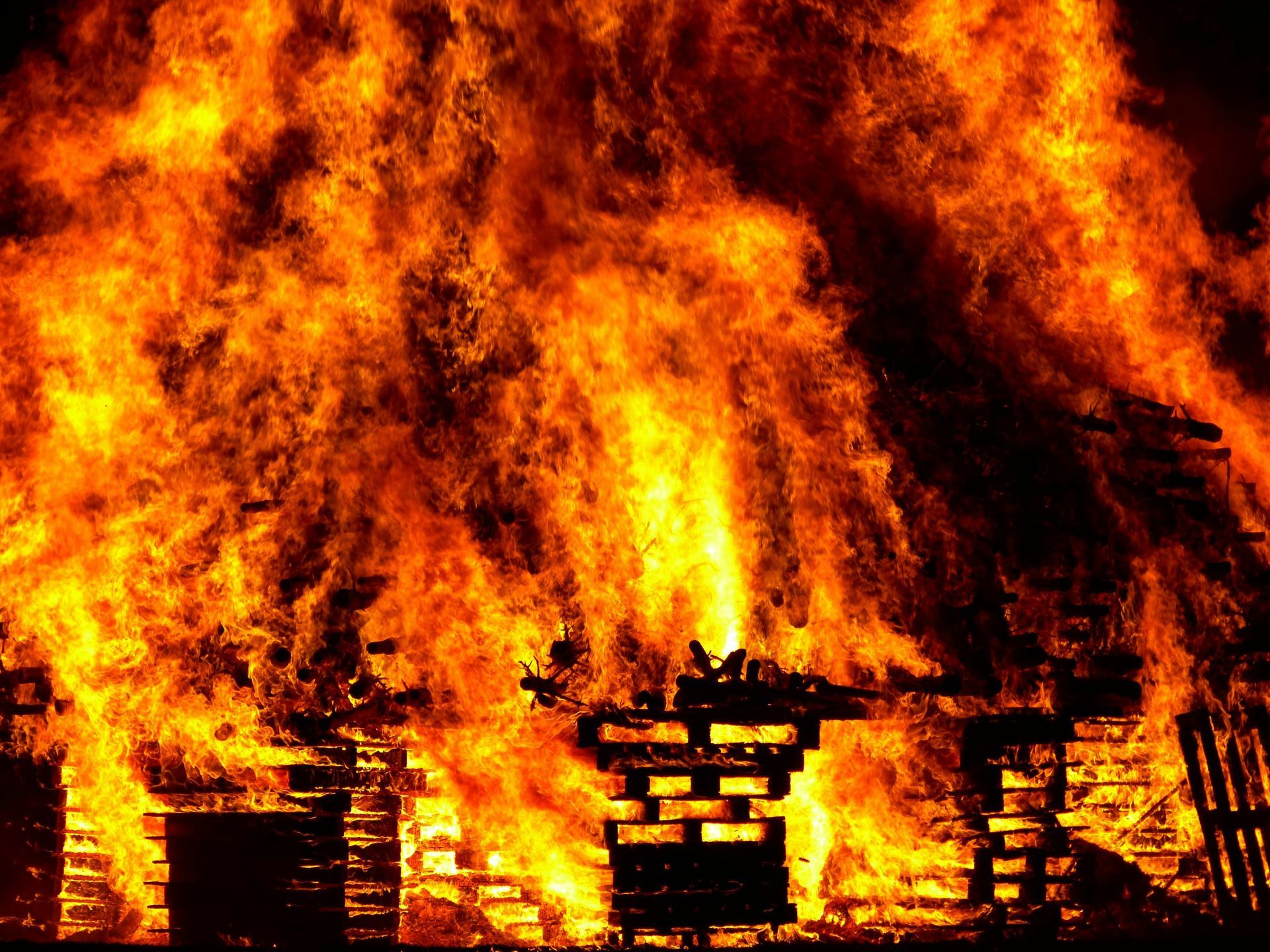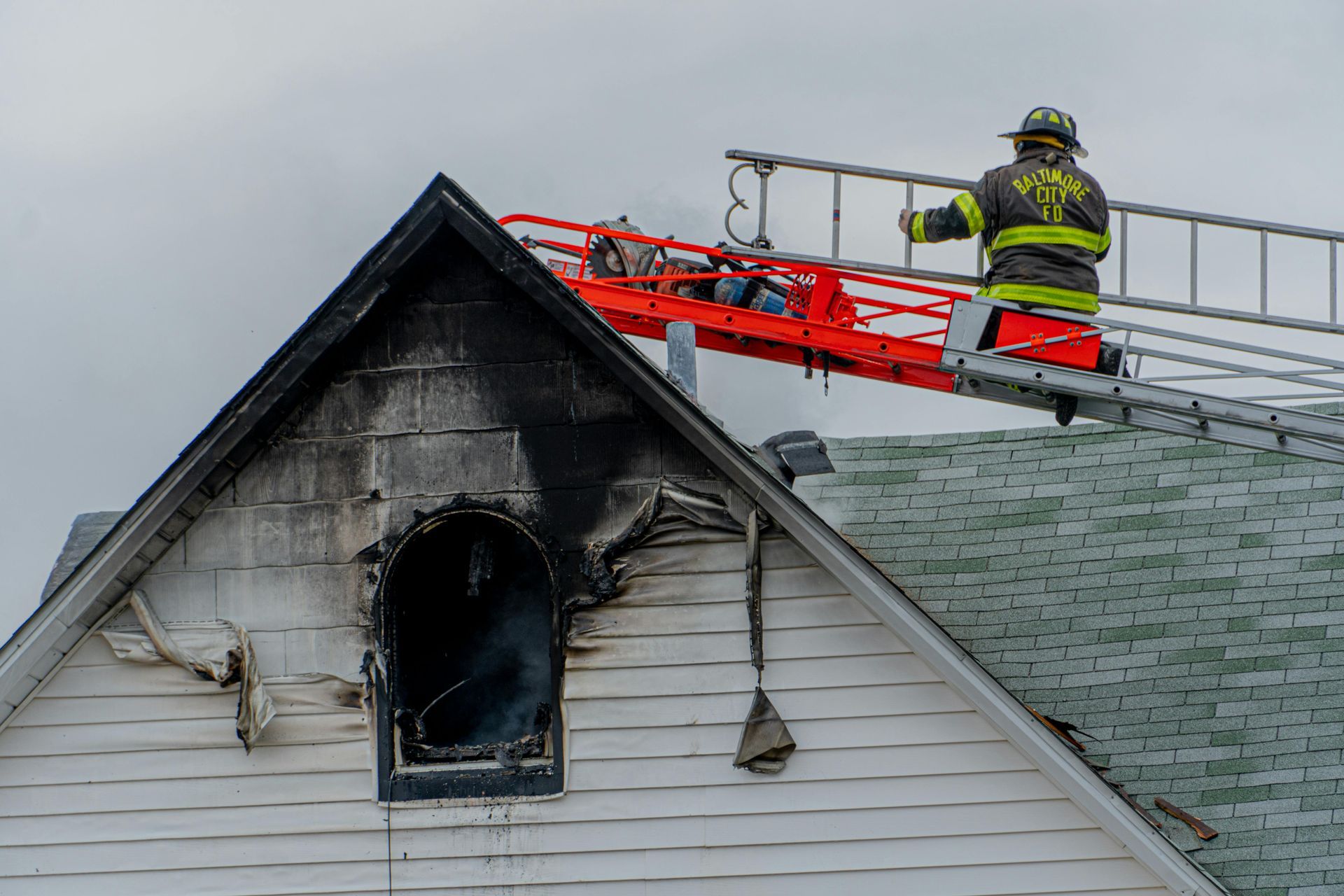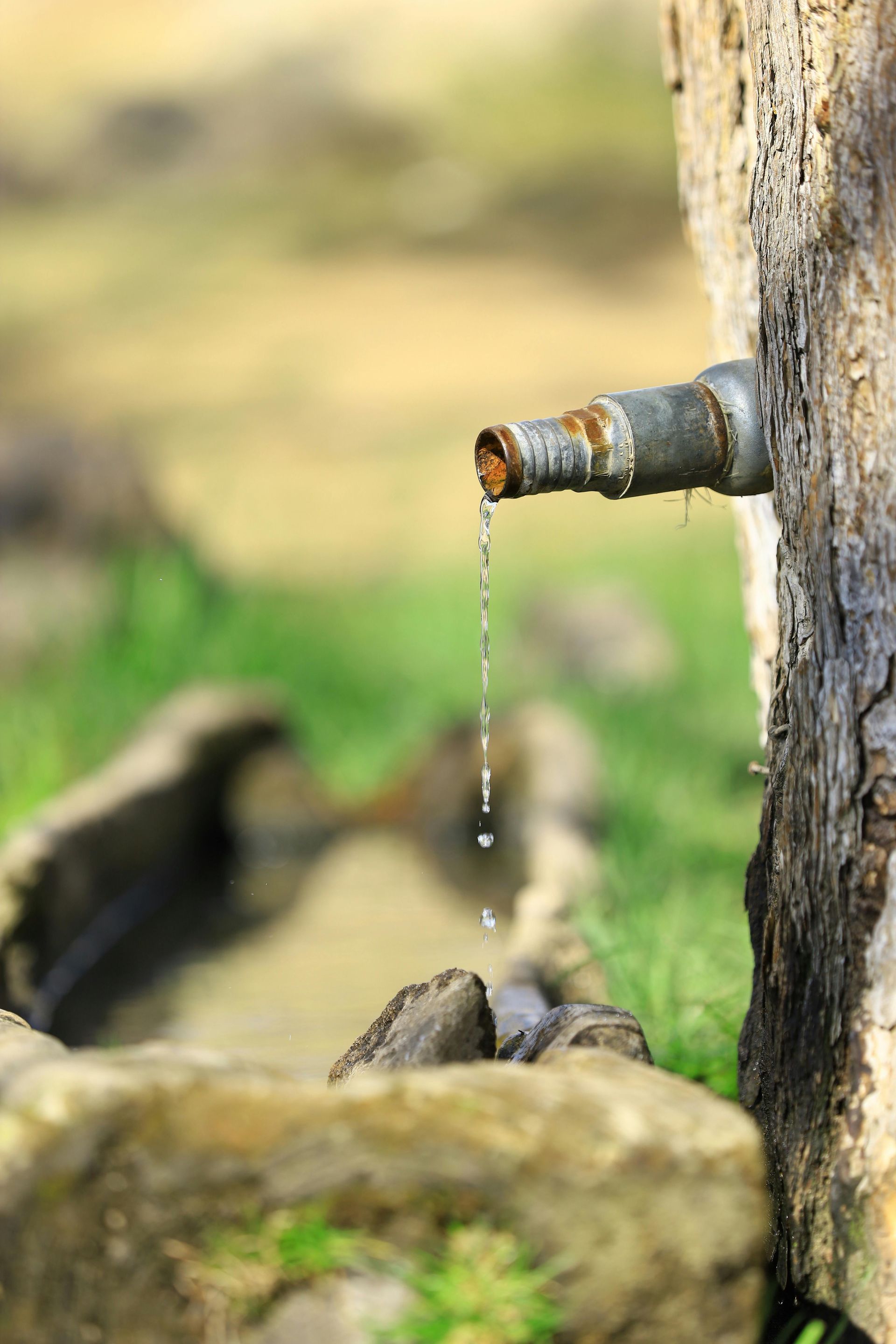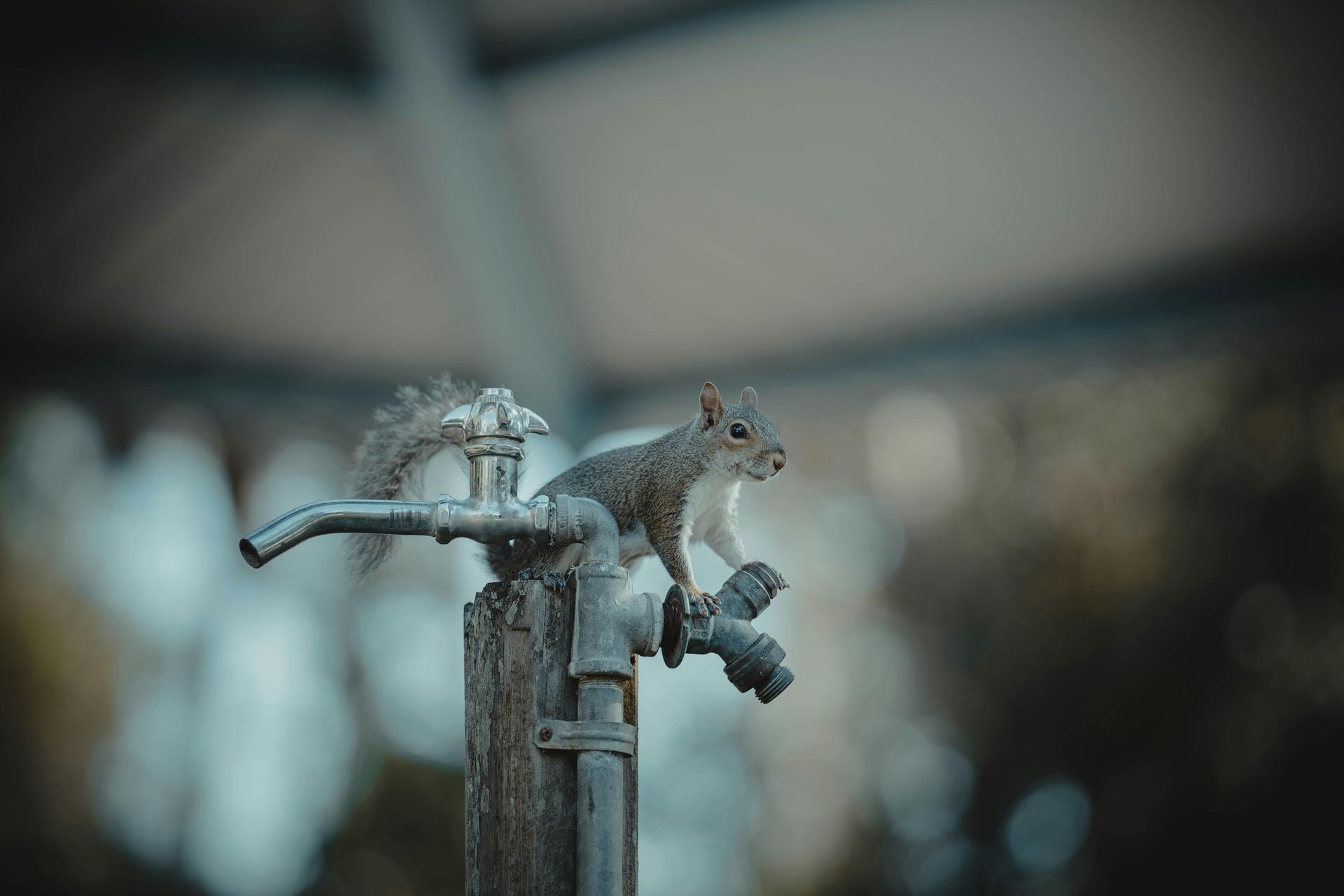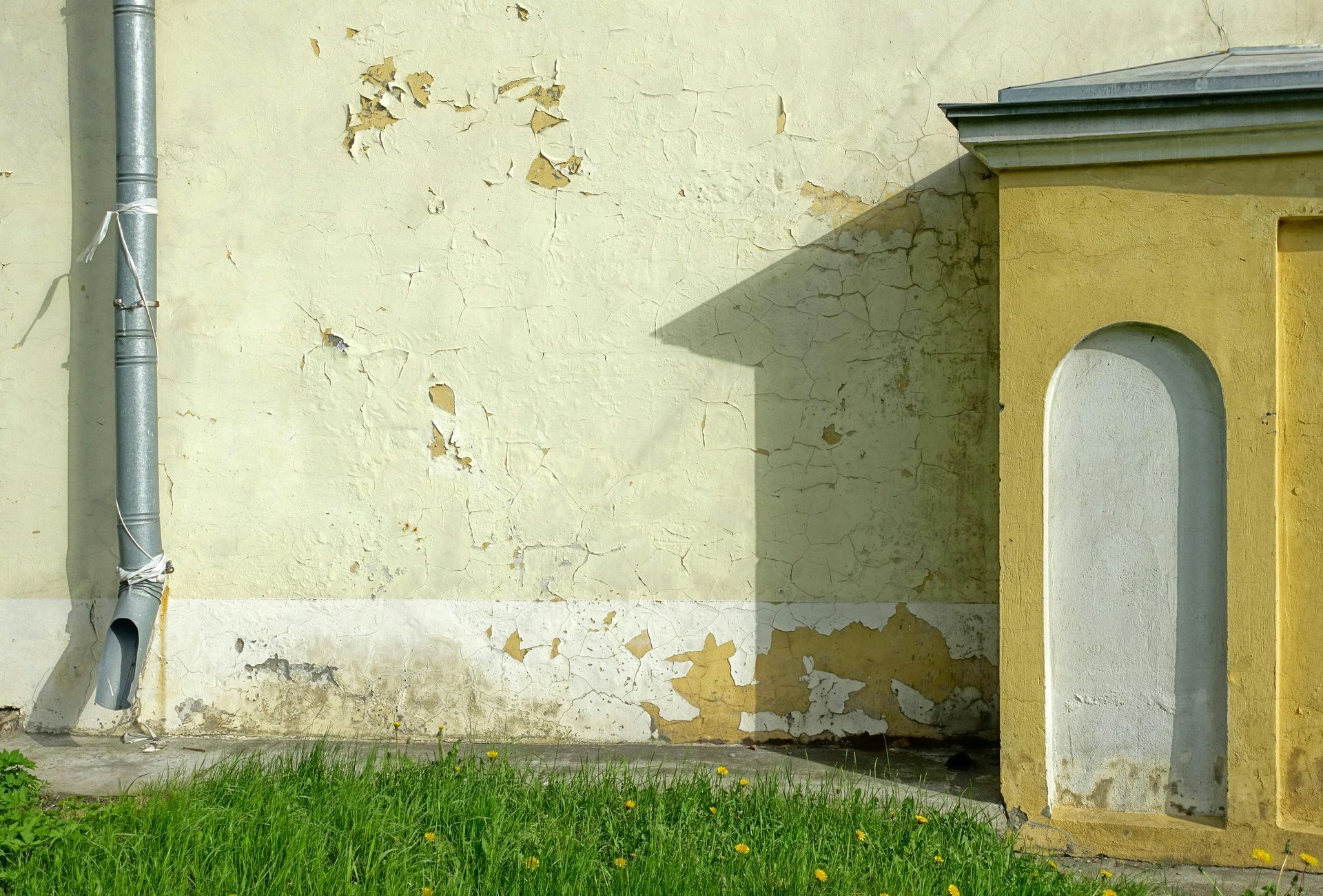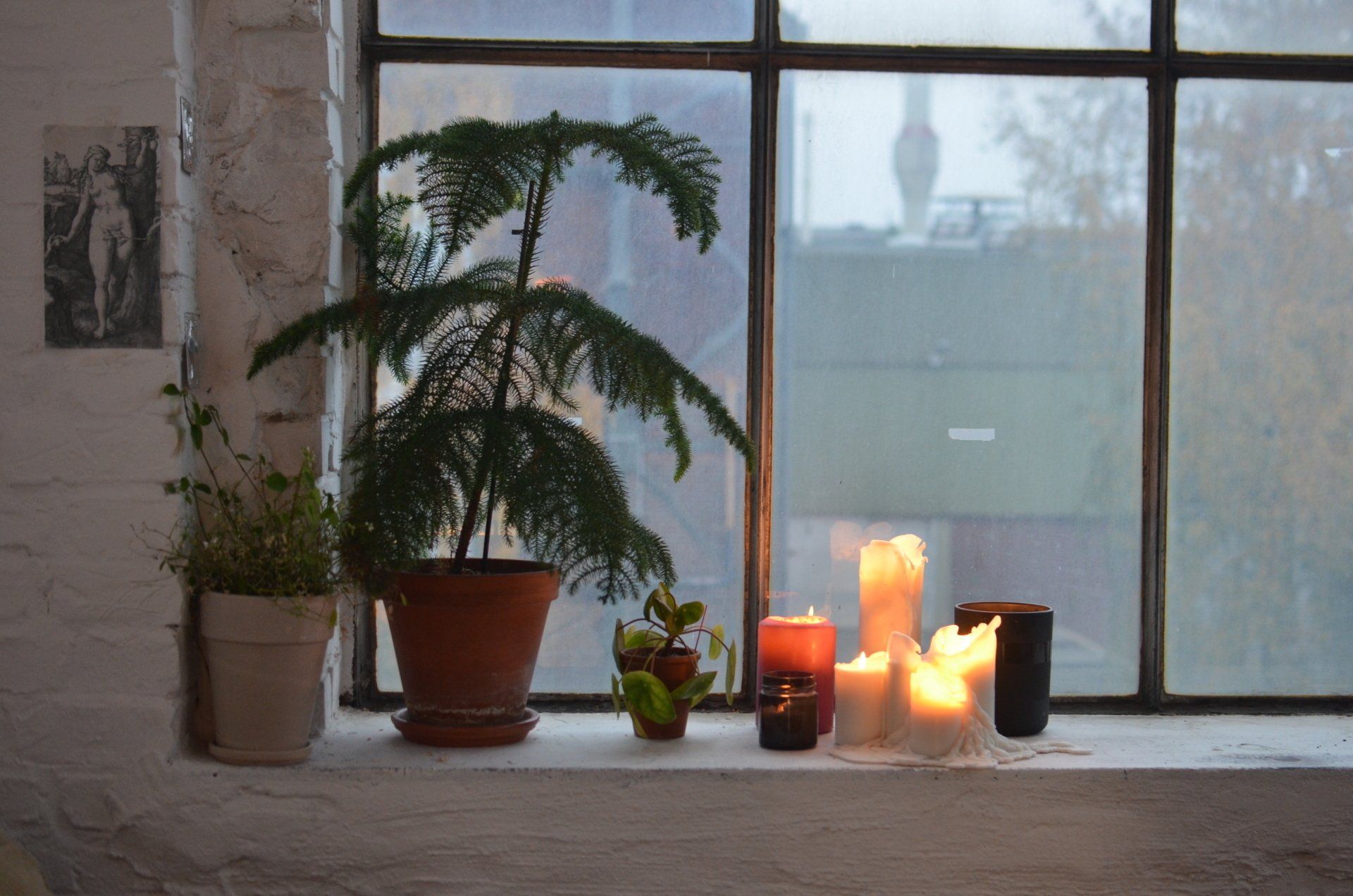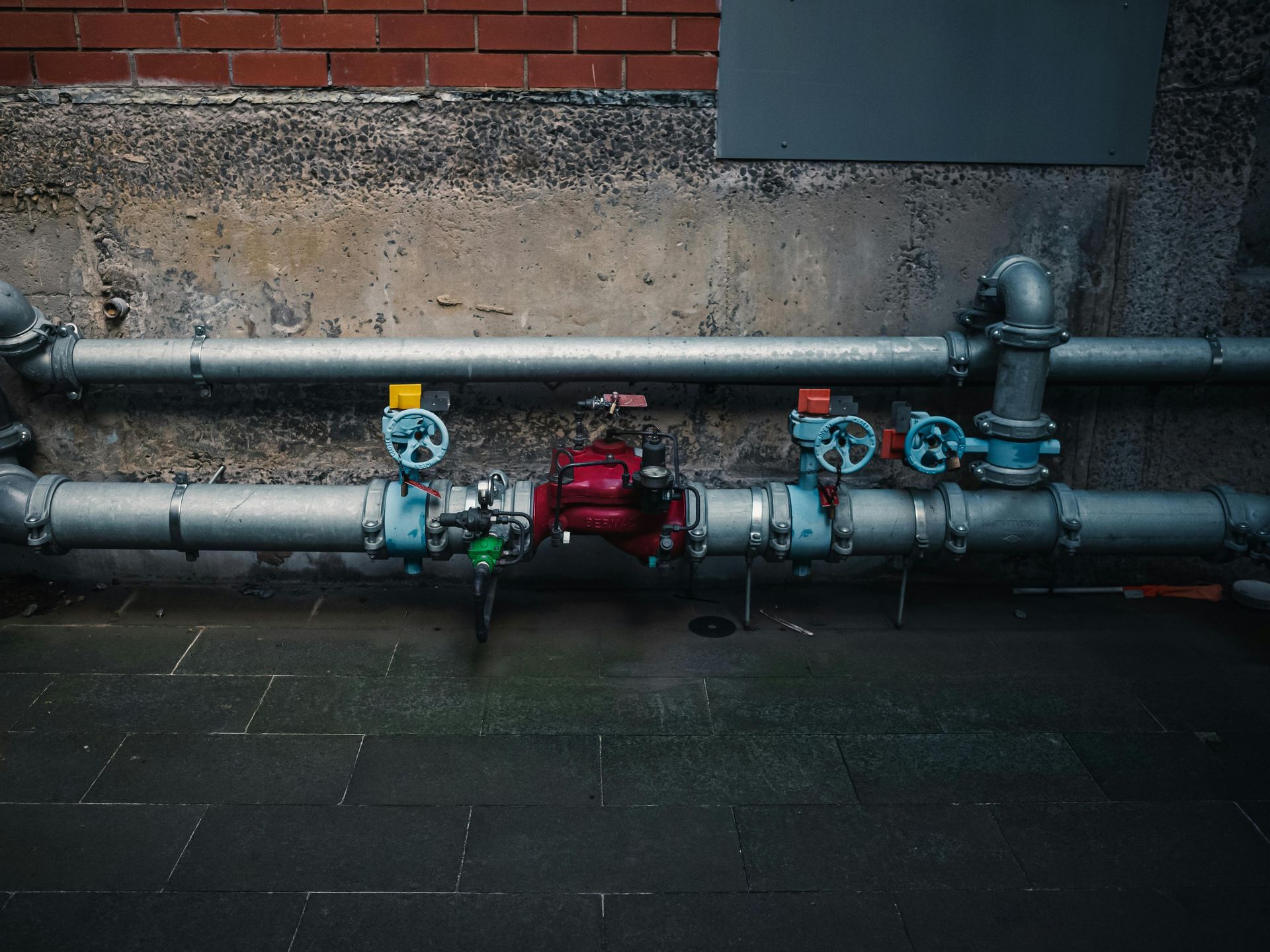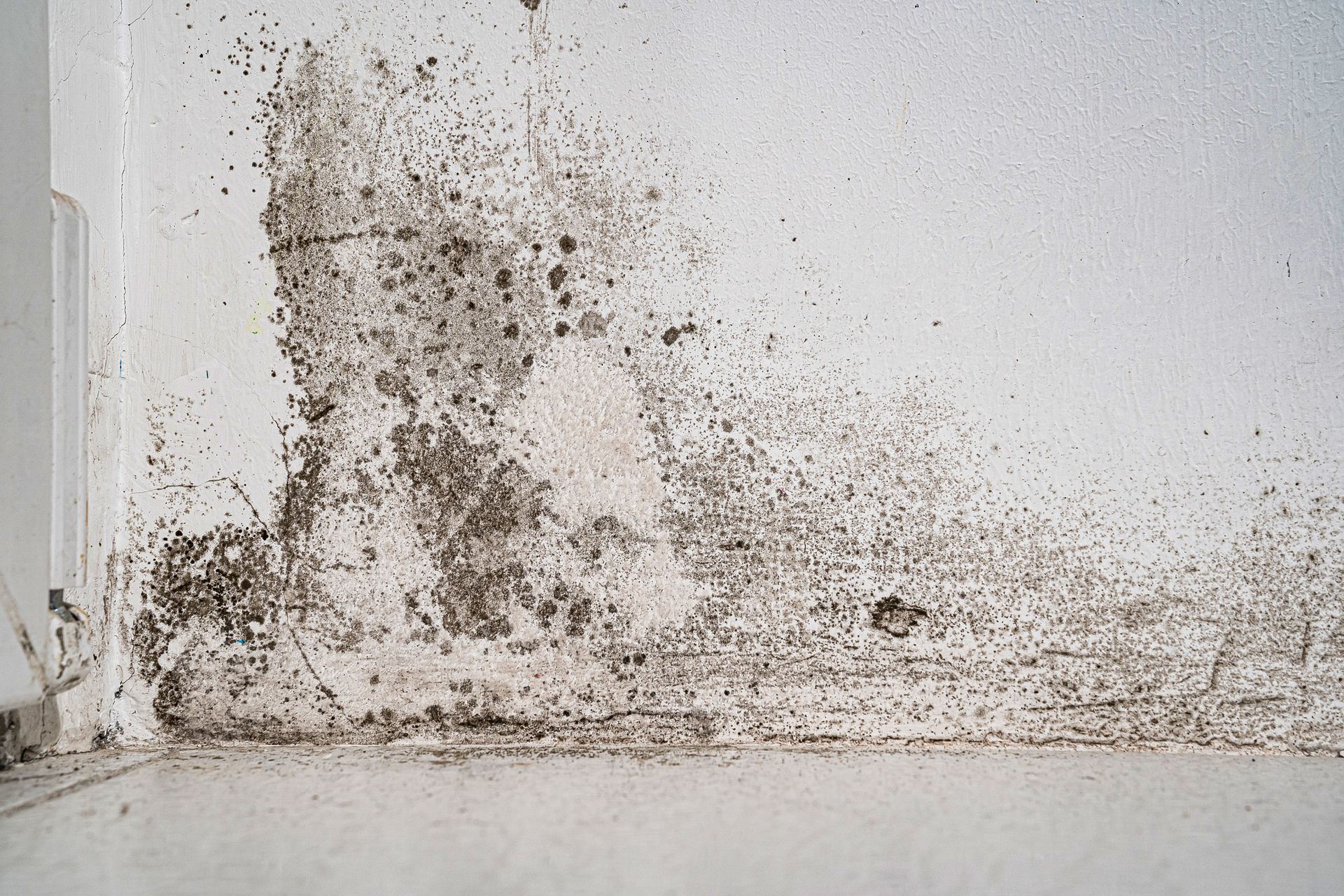What Causes Mold in Your Home and How to Prevent It: A Complete Guide
Mold in the home is not just an unsightly inconvenience; it poses serious health risks and can lead to substantial property damage if left unaddressed. Understanding what causes mold is essential for every homeowner looking to maintain a healthy living environment. Mold growth is often the result of excess moisture, whether from leaks, high humidity, or inadequate ventilation. In this guide, we will explore the various factors contributing to mold proliferation and provide practical strategies to prevent it. By recognizing the root causes and implementing effective preventive measures, homeowners can protect their health and their investments.
Understanding the Causes of Mold
Let's dive deeper into the main culprits behind mold growth in homes. We'll discuss all fundamental factors enabling mold to thrive.
Moisture
Moisture is the pivotal factor in mold growth, creating the perfect breeding ground for these fungi to flourish. Mold spores are omnipresent in the air, but they only begin to grow when they land on wet or damp surfaces. This is why homes with problems of excessive moisture from leaks, condensation, or high humidity are susceptible to mold infestations. Leaks from pipes or roofs introduce moisture into hidden areas, providing a haven for mold to grow undetected. Condensation, often seen on windows or walls, results from the differential between indoor and outdoor temperatures, acting as another common moisture source. High humidity levels, especially in areas like bathrooms, kitchens, and basements, can significantly contribute to mold growth. These environments, rich in moisture, allow mold spores to settle, germinate, and spread rapidly. Preventing mold, therefore, necessitates maintaining dry conditions and promptly addressing any sources of excess moisture.
Poor Ventilation
Poor ventilation plays a critical role in fostering conditions conducive to mold growth, as it significantly impedes the ability of air to circulate freely and dry out damp areas within a home. In environments where airflow is restricted, moisture has a tendency to accumulate rather than evaporate. This issue is especially prevalent in areas like bathrooms and kitchens, where daily activities contribute to high levels of humidity. When the air in these rooms cannot circulate and escape, the excessive moisture settles on walls, ceilings, and other surfaces, creating an ideal habitat for mold to thrive. Additionally, inadequate ventilation can lead to the buildup of organic materials, such as dust and skin cells, which further feed mold development. Ensuring proper ventilation throughout the home, including the use of exhaust fans and regularly opening windows, can effectively reduce humidity levels, promote the drying of wet areas, and, thus, significantly mitigate the risk of mold proliferation.
Water Damage
Water damage serves as a key precursor to mold growth, creating environments where mold can thrive unchecked. Whether the result of flooding, leaks, or spillage, water damage saturates materials like wood, drywall, and carpeting, providing the moisture necessary for mold spores to settle and proliferate. Even minor water damage, such as that from a small leak under a sink or behind a wall, can foster significant mold growth. These seemingly insignificant leaks may go unnoticed or be underestimated in terms of their potential impact on mold proliferation. However, the continued presence of moisture creates an ideal setting for mold. The area remains damp, and without prompt and effective intervention to dry out and repair the damage, mold can begin to grow within 24 to 48 hours. It's crucial to address any form of water damage immediately, ensuring thorough drying and repair to prevent these damp environments from becoming breeding grounds for mold.
High Humidity
High humidity within a home can significantly contribute to the development of mold. Typically, mold thrives in environments with humidity levels above 60%, and many household activities can inadvertently raise indoor humidity to these conducive levels. Cooking, for instance, releases a considerable amount of moisture into the air, especially when boiling water or simmering food. Similarly, showering without proper ventilation to expel the moist air greatly increases bathroom humidity. Even the simple act of breathing contributes to indoor moisture levels, albeit to a lesser extent compared to other activities. Over time, if this excess moisture is not adequately managed, it can settle on surfaces, fostering an ideal situation for mold spores present in the air to begin growing. To mitigate this risk, it's essential to employ dehumidifiers in areas prone to high humidity and ensure activities that produce a lot of moisture are paired with appropriate ventilation methods, such as using exhaust fans or opening windows, to maintain a healthy indoor environment and prevent mold proliferation.
Poor Insulation
Poor insulation is a significant factor that contributes to mold growth in homes. Inadequate insulation can lead to uneven temperature distributions throughout the building, causing cold spots on walls or around windows and doors. These cold surfaces can then become sites for condensation when the warm, moist air inside the home comes into contact with them. This condensation provides the moisture required for mold spores present in the air to begin to grow. Over time, this can lead to the development of mold colonies, particularly in hidden spaces where the issue might not be immediately noticeable, such as behind wall coverings or in attic spaces. Furthermore, poor insulation can exacerbate the problem of high humidity by making it difficult to maintain stable indoor temperatures, thus requiring heating systems to work harder and potentially increasing the home's overall humidity levels. Ultimately, addressing insulation issues is crucial in preventing mold by ensuring a more consistent indoor temperature and reducing the likelihood of condensation.
Lack of Sunlight
Lack of sunlight significantly contributes to the conducive conditions necessary for mold growth. Sunlight is a natural disinfectant that plays a crucial role in reducing humidity levels and inhibiting mold growth. Areas of a home that receive little to no sunlight, such as basements or closets, often become prime locations for mold because they remain cool and damp, offering a suitable environment for mold spores to settle and multiply. The ultraviolet rays present in sunlight have the capability to break down mold spores and prevent their growth, making sunlight an effective natural mold deterrent. Furthermore, sunlight helps to naturally dry out moisture-laden areas, reducing the overall humidity within a space, which, in turn, makes it less hospitable for mold. Without adequate exposure to sunlight, these dark and moist areas become ideal breeding grounds for mold, emphasizing the importance of incorporating natural light into homes as a simple yet effective strategy to combat mold proliferation.
Poor Cleaning Habits
Poor cleaning habits significantly contribute to mold growth within a home. Regular cleaning routines are essential not only for maintaining a pleasant living environment but also for preventing the conditions mold requires to thrive. Dust, dirt, and organic debris, common in homes not cleaned regularly, can provide the perfect nutrients for mold spores that are always present in the air to settle and multiply. This issue is compounded when spills and other sources of moisture are not promptly cleaned up. Moist environments, combined with the organic material found in dust and dirt, create an ideal breeding ground for mold. For instance, a spilled drink that seeps into carpeting and isn't properly dried can quickly become a mold hotspot. Similarly, accumulated dust and debris in less frequented areas of the home, such as under furniture or in corners, can retain moisture and foster mold growth. Therefore, maintaining cleanliness and addressing moisture sources promptly is key to preventing mold proliferation.
Organic Materials
Organic materials in the home, such as wood, paper, and fabric, play a pivotal role in the proliferation of mold. These materials, when exposed to moisture, become prime feeding grounds for mold spores. Wood, used in structural elements and furniture, can absorb moisture, leading to mold growth that not only damages the material but can also compromise the structural integrity of a building. Similarly, paper products, including books and wallpaper, can quickly become moldy when exposed to damp conditions, ruining their appearance and utility. Fabrics like curtains and upholstery are also susceptible to mold, which can leave them with unsightly stains and a musty odor. Beyond these, perhaps more surprisingly, materials such as drywall and insulation are particularly conducive to mold growth. Drywall, which contains gypsum and paper, can absorb moisture and provide a large surface area for mold to colonize, while wet insulation loses its thermal properties and becomes a breeding ground for mold. These scenarios underscore the importance of keeping homes dry to prevent mold growth on organic materials.
How to Prevent Mold in Your Home
Preventing mold in your home entails addressing common causes of fire damage and moisture. Strategies include maintaining low humidity, ensuring proper ventilation, and rapid repair of leaks to protect your home from mold and related damages.
- Monitoring indoor humidity levels and keeping them below 60% is crucial to prevent mold growth. A hygrometer can be used to monitor the humidity levels in your home. This tool helps in adjusting indoor activities and the use of humidifiers or dehumidifiers accordingly to maintain a healthy environment.
- Properly ventilating bathrooms and kitchens during and after use can significantly reduce moisture levels, which is a key factor in mold prevention. Exhaust fans or opening windows can aid in removing the steam and moisture that activities such as cooking and showering generate, preventing it from settling on surfaces.
- Fixing leaks and addressing water damage promptly is essential to mold prevention. Regularly inspecting plumbing, roofs, and windows can help identify potential leaks early on. Resolving these issues quickly minimizes the moisture available for mold to thrive.
- Ensuring adequate insulation to prevent condensation can prevent mold growth. Proper insulation in walls, pipes, and other vulnerable areas helps maintain a consistent temperature, reducing the likelihood of condensation and mold development.
- Cleaning and maintaining HVAC systems, including filters and ducts, is vital for mold prevention. This ensures that air circulating throughout the home is clean and free from additional moisture and mold spores that could encourage mold growth.
- Regularly cleaning and dusting the home removes potential food sources for mold. Paying special attention to areas prone to moisture accumulation ensures that mold does not have the environment it needs to grow.
- Using mold-resistant products in areas of high moisture, such as bathrooms and basements, can also prevent mold growth. These products are designed to withstand moisture, providing an inhospitable environment for mold to establish itself.
Mold Problems? Call First Call Restoration!
At First Call Restoration, we understand the challenges moist air and mold can pose to your home. Our team of certified professionals is equipped with advanced tools and strategies to tackle mold at its source, ensuring your home is safe, healthy, and mold-free. From initial inspections to complete mold remediation, we're here to restore your peace of mind. Don't let mold take over your home. Take action now by contacting First Call Restoration for a consultation, and breathe easier knowing you're in expert hands. Protect your home and health today!
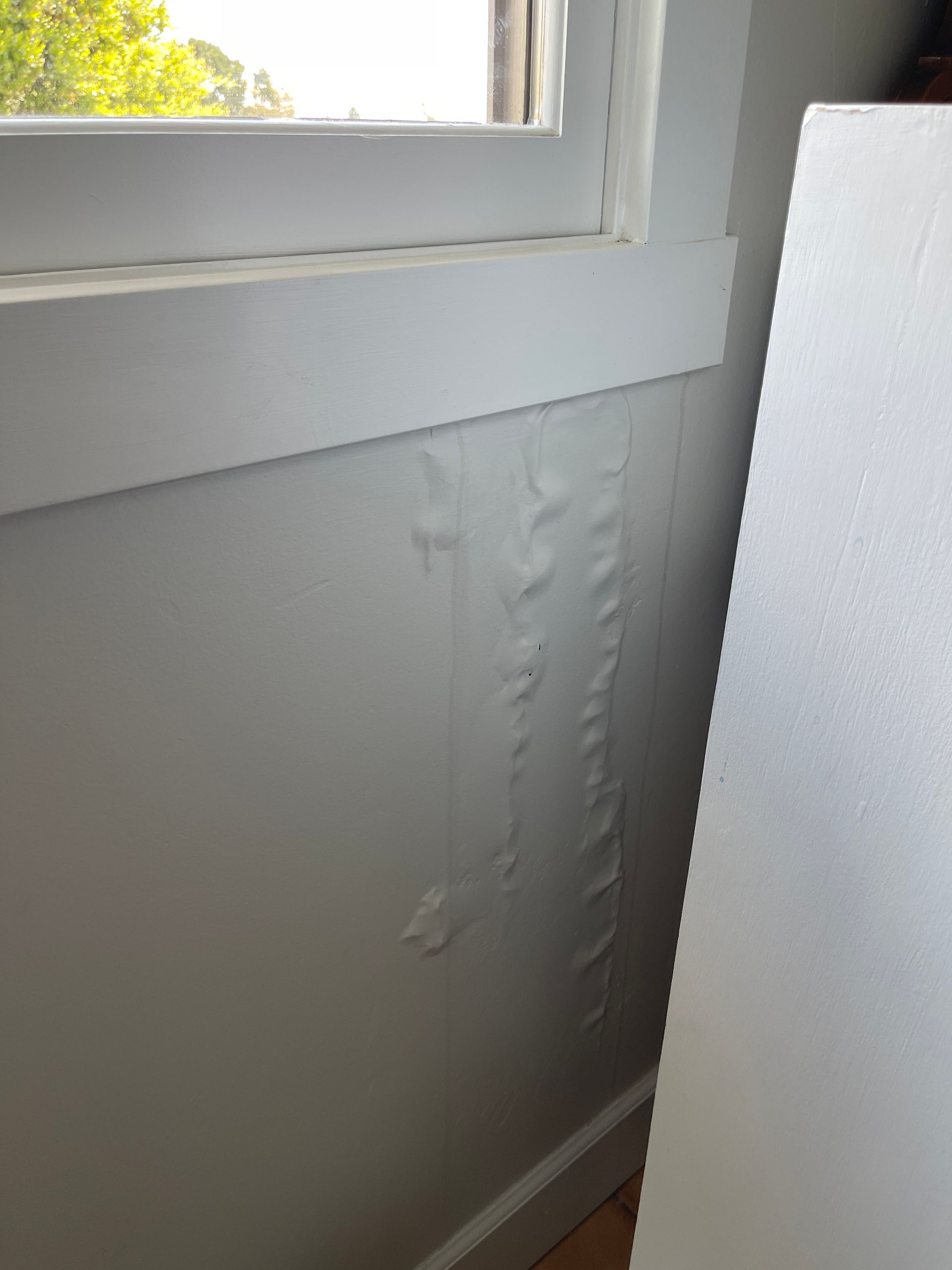
Quick Links
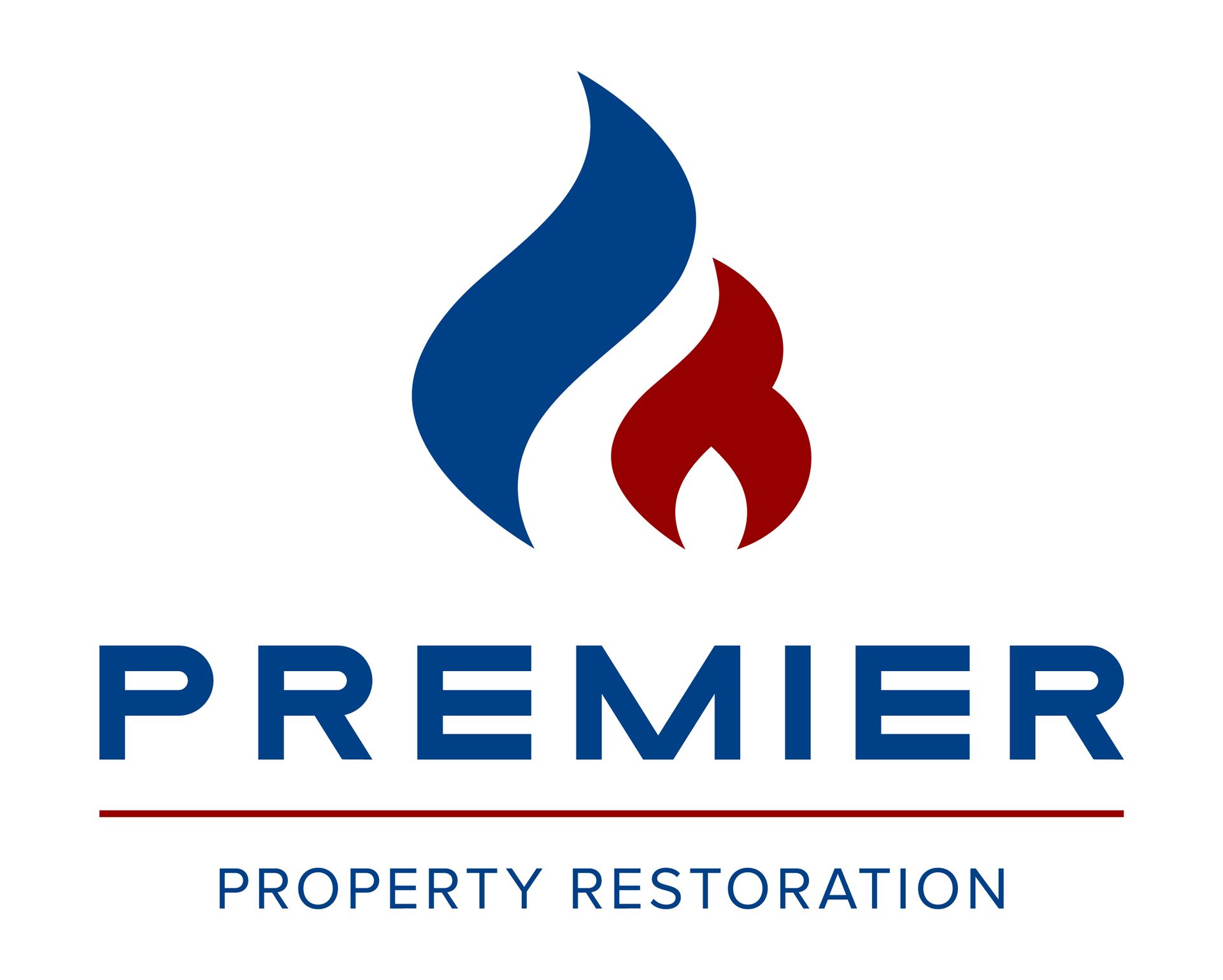
Premier Property Restoration is a trusted IICRC-certified contractor specializing in water, fire, and mold damage restoration in New Orleans and the surrounding areas. With a commitment to rapid response and high-quality service, we ensure your property is restored efficiently and effectively. Our expert team handles everything from emergency response and damage assessment to thorough cleanup, sanitation, and reconstruction. Accepting all insurance claims, we aim to make the restoration process as seamless as possible. Choose Premier Property Restoration for reliable, professional restoration services that prioritize your peace of mind and property safety.
Office Locations
Premier Property Restoration of New Orelans
4955 W Napoleon Ave #3102, Metairie, LA 70001
© 2023 • Premier Property Restoration • All Rights Reserved
